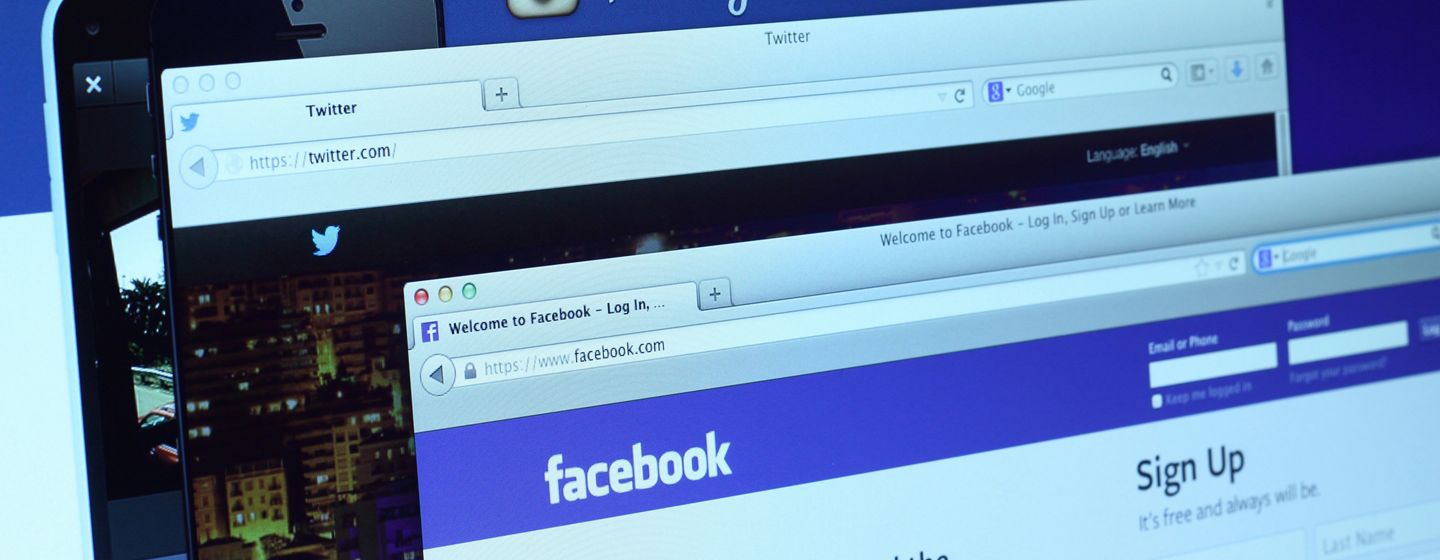Today’s consumers are using social media more than any other information platform to find out about your business. Consumers know that the hours and policies posted on a business website might be incorrect, and so their preferred method for finding the latest information in a pandemic-impacted world is through Facebook, Instagram, Twitter, Yelp or your Google Business Profile page.
What kind of information is best for social media?
The short answer is “practically everything.” Since social media is like a conversation, it enables you to be less formal and more spontaneous. This means that social media channels and crowdsourcing platforms are the perfect way to cover topics like product shortages or changes, staffing issues, holiday traffic patterns, and all things in between.
Think back to all the times you’ve experienced the frustration of arriving at a business only to find them closed early -- or permanently -- due to COVID-related impacts. So many people now preface that trip with a quick Google search to confirm hours. Often, that Google search leads them to social media as a top result, thanks to its immediacy and trustworthiness.
Which channels should you leverage?
Every channel has a slightly different audience. LinkedIn is more suited to hiring, Facebook to general business, and Instagram is ideal for businesses that have a very visual story to share.
If you aren’t on any channel, start small. It might benefit you to ask a social media strategist to tell you where to focus your efforts. However, the first step is to make sure that any information that is currently available on any channel or online at this moment is accurate. Then only activate new channels as time permits. Launching a Facebook page won’t be helpful if you or your staff doesn’t have time to monitor it and keep it fresh.
What consumers expect to see
So how up-to-date and trustworthy are your social media channels? Review the list below and then visit all your sites to verify whether the critical information is present.
Off-premise business information
Phone number and email address: Since many business owners fail to keep their websites updated, people often have more confidence in the information posted on social channels.
Curbside service, call-ahead, online ordering and delivery options: Have you expanded shopping options to include any of these? Your customers will want to know.
Changes in hours: Are your operating hours different now than pre-COVID?
Inventory shortages: Use social media to post updates around product availability. Posts indicating shortages (and when supplies are coming in) are a great way of showing customers that you are paying attention to their needs. Plus, you just might show up in searches for that product.
Mask wearing considerations & cleaning policies: Concerned consumers want to know what you’ve put in place. (If you are requiring masks, we recommend providing masks near the door.)
On-premise business information
Your on-premise consumers expect to see the same information as that listed for Off-Premise along with:
Seating limitations or reservation requirements
Menu and pricing changes
Keeping up with all aspects of social
Adding in social media to all you do as a business operator can feel overwhelming, but it’s a key part of running a business today. The best way to manage your social media is to incorporate it into your regular business routines. The advantages of social media can far outweigh the time spent and luckily social media is designed to help you be responsive, through the use of alerts, cross channel integration platforms, and other digital tools. Here are some tips to consider as you begin:Designate an owner for your social activity. If you don’t have a marketing staff, there may be someone that loves engaging on social media who may even enjoy taking it on.
Activate alerts and notifications on each active channel so that your social owner (and you) are aware when posts, reviews, and inquiries come in. That way you can respond quickly, even if it’s with a simple message stating that you’ll be in touch soon to collect more information.
Create starter responses that can be pasted in when different types of comments are posted. This means you don’t have to craft responses from scratch, but simply tailor slightly each time you use them.
Add a reminder on your calendar to take a look at your Google Business page once each month, at a minimum.
Read up on innovative services like Instagram’s food delivery service.
Integrate your social media channels into your email marketing strategy.


